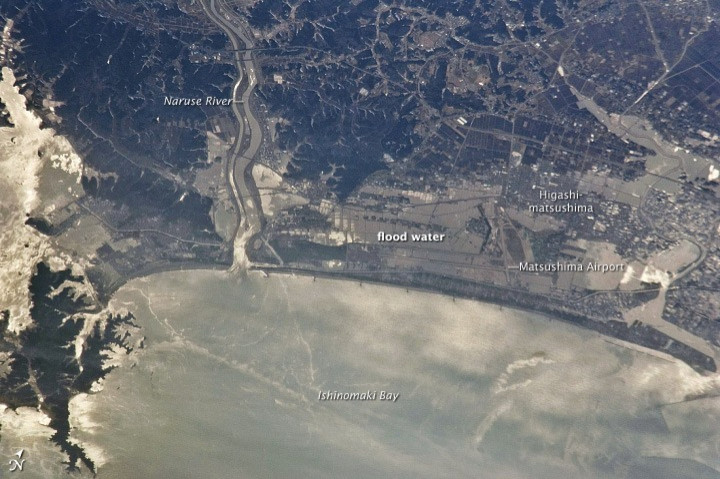Aftershocks close to Tokyo alarming, says UC Davis seismologist

Major aftershocks from Friday's 9-magnitude earthquake near Sendai are now moving closer to Tokyo, the country's capital, says a UC Davis seismologist.
Last Friday's massive quake has seen hundreds of powerful aftershocks which are gradually but definitely moving southwards, says Rundle, who is professor of geology and physics at UC Davis.
Initially, the major aftershocks were confined to the region near Sendai, but the steady southward march of the aftershocks is cause for alarm for Tokyo and surrounding regions, Rundle says.
An earthquake of magnitude 9 is typically followed by one aftershock of magnitude 8, ten aftershocks of about magnitude 7 and many smaller aftershocks, Rundle says.
That 8.0 aftershock has yet to occur. If it happened in Tokyo Bay, it could set off a tsunami that would devastate the densely populated region, similar to the events of September 1, 1923 during the great Kanto earthquake (magnitude 7.9), Rundle says.
Rundle also says there is historical evidence of major earthquakes off the coast of Japan being followed by another similarly large earthquake nearby within a relatively short period of time.
The Ansei-Nankai and Ansei-Tokai earthquakes of 1854 and the 1944-1946 Tononkai and Nankai earthquakes each suffered massive aftershocks shortly thereafter. The Ansei-Nankai and Ansei-Tokai earthquakes were 8.4 magnitude and separated in time by only 31 hours.
In a blog entry posted on the website Openhazards.com, Rundle updated the forecast made for the four cities of Tokyo, Niigata, Osaka and Sendai. The last update was the day after the magnitude 9.0 Tohoku earthquake. Since March 13, the chance of a magnitude 6.7 earthquake within 12 months of March 17, 2011 and 150 miles of the four cities listed has increased for all cities. Sendai is currently at highest risk, with Tokyo also at substantial risk, Rundle says.
Rundle's research uses computer modeling to understand systems that can go through abrupt and catastrophic changes, such as earthquake faults and financial markets. He has collaborated with researchers including those at NASA's Jet Propulsion Laboratory.
Meanwhile, a report from the Japan Meteorological Agency said last Friday's earthquake largely sank the ground level of the Pacific coast of Tohoku region and northern part of Kanto region. The risk of the submergence and flood in these regions has become larger than before the earthquake.
© Copyright IBTimes 2024. All rights reserved.





















